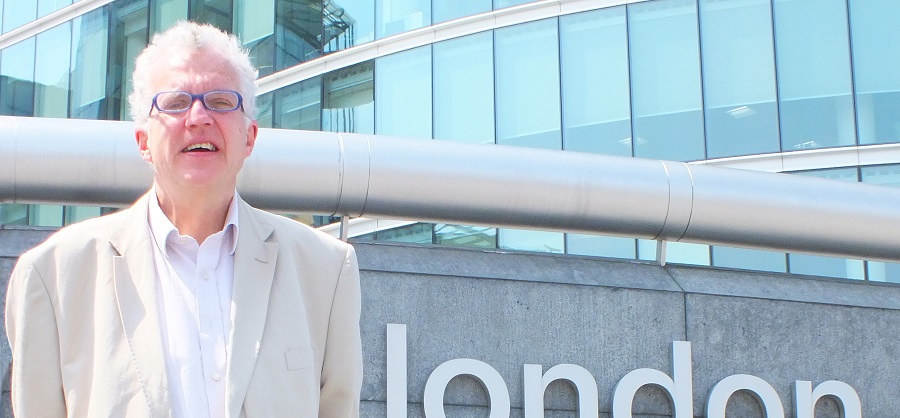Ministers are preparing ways of closing or “mothballing” large sections of the railway network, according to an official document which was slipped out without publicity last week.
Dozens of branch lines and secondary routes could shut, in what would be the biggest rethink of the network since the Beeching report in the 1960s, which led to the closure of 4,000 miles of railway and nearly half the nation’s stations. Loss-making services would be transferred on to buses, as a means of reducing the £6bn-a-year subsidy.
An army of consultants will decide whether lines should stay open or close. A law passed last year has reduced the right of passengers to object to closures.
The 83-page consultation paper uses a new kind of cost-benefit analysis, which, experts say, will highlight the economically fragile state of the network. Such analysis often penalises trains because it fails to take into account that they are environmentally friendly. As one senior rail industry figure put it last night: “The trouble with consultants is they will do exactly what ministers want them to do.”
Chris Grayling, Conservative transport spokesman, said: “This will pave the way for closures. There has been a lot of talk behind the scenes that ministers are now considering significant cutbacks. For the first time they now have the power.”
Many of the most vulnerable lines run through some of Britain’s most beautiful countryside. At risk could be the lines to the seaside resorts of Whitby in North Yorkshire, St Ives and Newquay in Cornwall, Sheringham in north Norfolk and Skegness in Lincolnshire. But some urban lines, such as Huddersfield to Sheffield and Walsall to Wolverhampton, could go too.
Rupert Brennan-Brown, chairman of the Friends of the Derwent Valley line, which runs between Derby and Matlock, said: “It is services like this, on which communities depend, that are in the firing line.”
Roger Ford, technical editor of Modern Railways, said cutting branch lines might not be enough. “If they want to save serious money they would have to cut many regional services and possibly whole swaths of lines.”
The rail system is heading for a financial crisis in the next few years, as the Treasury has demanded that current record levels of subsidy be slashed. Passengers have been forced to pay big fare increases this year as ministers hike up the premiums train companies pay to run the service. The debt of Network Rail, the not-for-profit company that runs the track, will soar to £20bn by 2008. It will need £1bn a year just to service this debt.
A separate consultants’ review of railways in the North, ordered by the Department for Transport, is due to report soon and is expected to recommend saving millions in Leeds, Manchester and Newcastle by transferring subsidised rail services to buses.
The crunch will come early next year when ministers will set out a list of lines the Government is no longer prepared to subsidise, which will be accompanied by a “statement of funds available”. This will mean the Government will have to decide precisely where and when the cuts will take place.
Beeching cut the number of stations from 5,000 to 2,700, and cut route miles by 4,000 to 13,000. The consultation paper revives the Beeching idea of “mothballing” lines. In practice nearly all lines mothballed in the 1960s decayed and never reopened.
